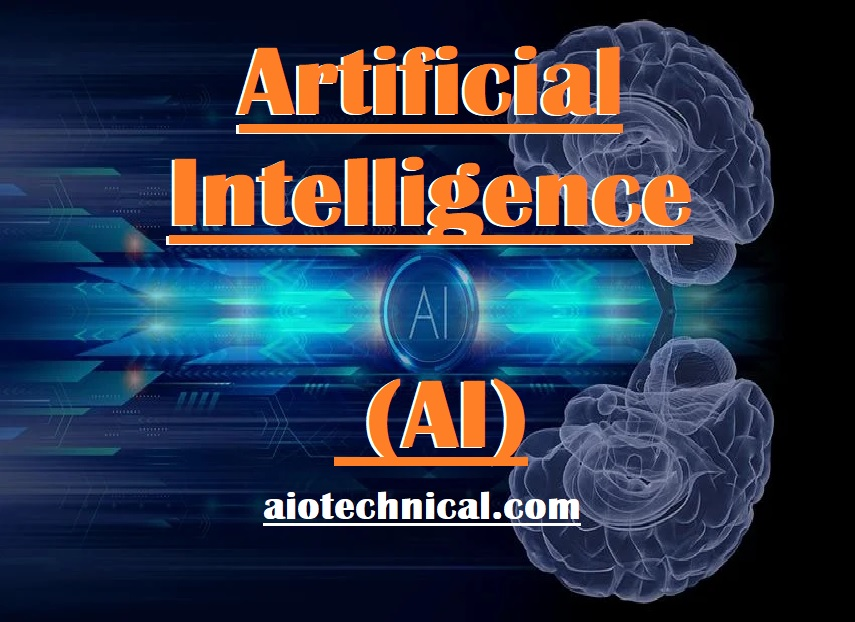Introduction:
Artificial Intelligence (AI) is a rapidly growing field of computer science and engineering that aims to create intelligent machines capable of performing tasks that normally require human intelligence. AI has been the subject of much hype and speculation in recent years, with some experts predicting that it will revolutionize the way we live and work.
In this article, we will provide a comprehensive overview of AI, including its history, the different approaches to building AI systems, its current applications, and its potential impact on society. We will also discuss some of the challenges and ethical considerations associated with AI.
History of AI:
The idea of creating machines that can think and learn like humans dates back to ancient Greek mythology, where stories of mechanical servants and self-moving statues can be found. However, it was not until the 20th century that the field of AI started to take shape.
In the 1950s and 1960s, researchers developed the first rule-based systems, which used a set of pre-defined rules to perform specific tasks. These systems were limited in their ability to handle complex problems and could only perform tasks that were explicitly programmed into them.
In the 1970s and 1980s, researchers developed the first machine learning algorithms, which allowed computers to learn from data and make predictions or decisions based on that learning. This approach opened up new possibilities for AI, but it was still limited in its ability to handle complex problems.
In the 1990s and 2000s, researchers developed the first neural networks, which were computer models that simulated the structure and function of the human brain. These models enabled computers to learn more complex tasks and improve their performance over time.
Approaches to AI:
Rule-based systems:
Rule-based systems use a set of pre-defined rules to perform specific tasks. These systems are often used in expert systems, which are designed to mimic the decision-making ability of a human expert in a specific domain. For example, an expert system might be designed to diagnose medical conditions based on symptoms reported by a patient.
The main advantage of rule-based systems is that they are easy to understand and can be modified by human experts. However, they are limited in their ability to handle complex problems and cannot learn from new data.
Machine learning:
Machine learning involves training a computer program to learn from data and make predictions or decisions based on that learning. Machine learning algorithms can be divided into three main categories: supervised learning, unsupervised learning, and reinforcement learning.
Supervised learning algorithms are used to train a computer program to make predictions or decisions based on labeled training data. For example, a supervised learning algorithm might be used to predict whether a customer is likely to purchase a product based on their past purchase history.
Unsupervised learning algorithms are used to discover patterns or structure in unlabeled data. For example, an unsupervised learning algorithm might be used to group similar products together based on their features.
Reinforcement learning algorithms are used to train a computer program to make decisions based on feedback from the environment. For example, a reinforcement learning algorithm might be used to train a robot to navigate a maze by rewarding it for finding the correct path and punishing it for taking the wrong path.
Deep learning:-
Deep learning is a subfield of artificial intelligence (AI) that involves building artificial neural networks with multiple layers to analyze and interpret complex data. These neural networks are inspired by the structure and function of the human brain, and are capable of learning from large amounts of data, detecting patterns, and making predictions.
Deep learning has revolutionized many areas of AI, including image and speech recognition, natural language processing, and robotics. Some of the most notable deep learning applications include self-driving cars, facial recognition systems, language translation, and virtual assistants like Siri and Alexa.
The success of deep learning can be attributed to several factors, including the availability of large amounts of data, advances in computing power, and improvements in algorithms and network architectures. With continued research and development, deep learning is expected to play an increasingly important role in shaping the future of AI.
Advantages :-
- Increased efficiency: AI can automate routine tasks, allowing humans to focus on more creative and complex tasks.
- Improved accuracy: AI can analyze large amounts of data with greater speed and accuracy than humans, reducing the risk of errors and improving decision-making.
- Better personalization: AI can analyze individual preferences and behavior to provide personalized recommendations, such as product recommendations on e-commerce websites or personalized news feeds.
- Enhanced customer experience: AI-powered chatbots and virtual assistants can provide 24/7 customer support, answering queries and resolving issues in real-time.
- Increased safety: AI can be used to monitor and detect anomalies in areas such as traffic patterns, security cameras, and medical data, leading to increased safety and security.
Disadvantages :-
- Job displacement: AI can automate many routine and repetitive tasks, which could lead to job displacement for certain workers. While new jobs may be created, it could take time for workers to acquire the necessary skills.
- Security risks: AI systems can be vulnerable to attacks by hackers or malicious actors, which could lead to data breaches or other security risks.
- Lack of empathy: AI systems lack human empathy and may not be able to understand or respond to certain emotional cues, which could be a disadvantage in areas such as healthcare or customer service.
- Dependence: As we become more reliant on AI, there is a risk of becoming overly dependent on it and losing important human skills, such as critical thinking and decision-making.
THANK YOU Share with your friends
